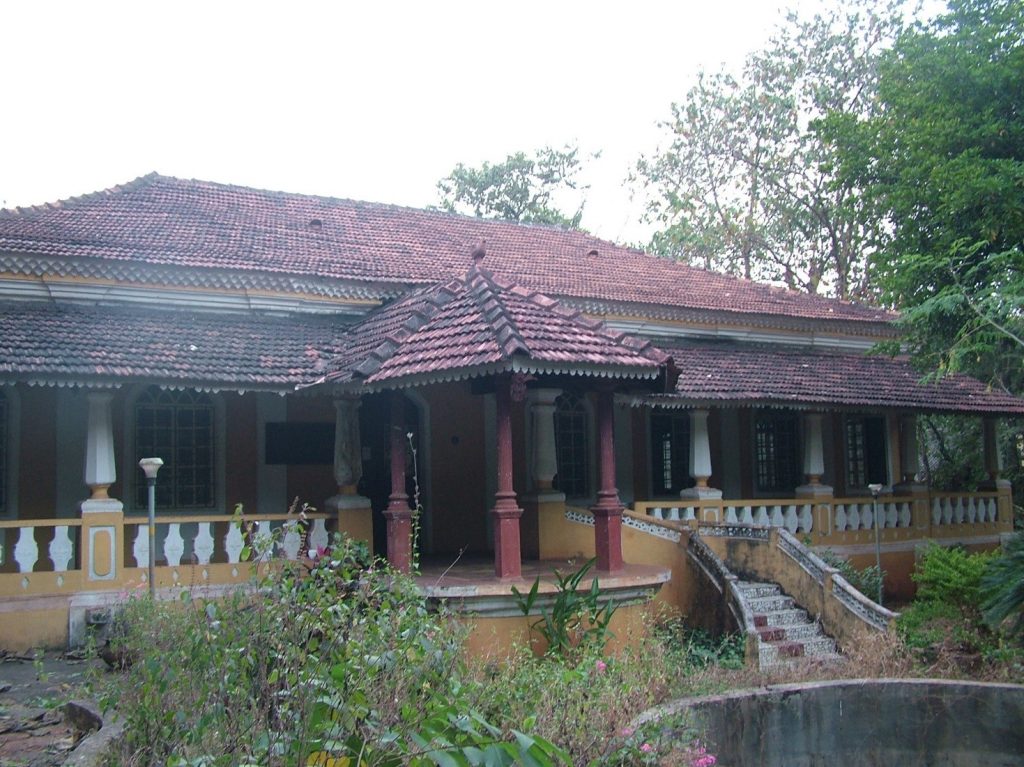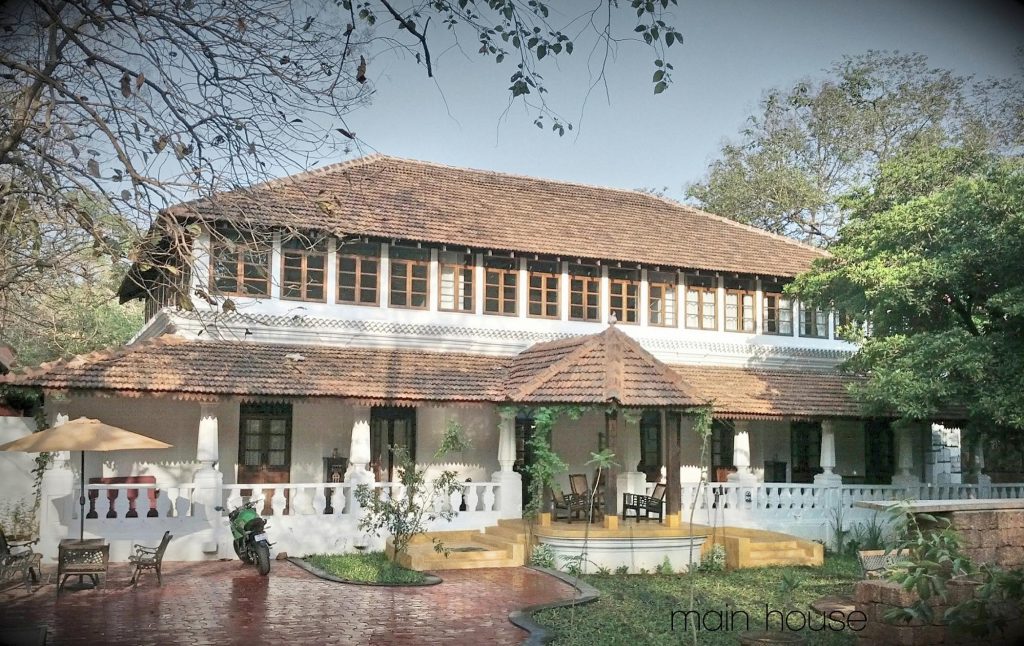Every old structure has a past, an existing narrative. This narrative is present independent of that structure being listed as protected. The chances for a practising Architect to engage at least once in her/his lifetime with the built heritage are fairly high especially in India. Hence, there is an immediate need to explore the approach possible for this engagement.
Old buildings/ ruins are seen as a waste of time and money by the developer and even the Architect. The returns in terms of revenue, space utilization and value addition are too low if compared with building anew. The only way to preserve the vast unprotected built heritage is by being innovative and making them relevant for today. A key trait this to happen is an architect that is both obsessed about space design and passionate about building detail. Innovation becomes the key in identifying new uses that enable these structures to be adaptive to the existing context, present to the future. The onus falls on the Architect to identify new possibilities for their existence.
In this endeavour, research-based experiential, sensorial approach becomes the enabler for a successful Adaptive Re-use project. An approach that is taught as a method in M Arch Interior Architecture programme, at the School of Art and architecture where the students engage with the rigor of architectural thinking and sensorial understanding of design. With an emphasis on enhanced creative solutions balanced with appropriate social and larger cultural contexts, this programme tags values of sustainability, critical progressive thinking and heritage. Some of the successful practices that the programme engages with showcase such approaches –
“In retrospect the chance to design/engage with unprotected built heritage is the result of our obsession to work only on Design-Intensive projects at Vertex Inc. Thus, retrofitting an old house in a Goan village and converting it into a homestead or revamping a colonial house in Uttarakhand into a company guest house, first and foremost provide an exciting possibility to explore the nuanced facets of design through history. Even when working on the Gallery in the Jaigarh Fort or the MSMS II Museum at City Palace, Jaipur, our approach has been more of “respect the past but build in the present”. Hence the tag “Heritage” has never been a burden too heavy nor a responsibility too serious but more of a celebration of new possibilities within the existing architectural fabric.
For us all these projects had an existing narrative, a past which gave the projects a context and more importantly the start of the new narrative. In our experience it is not an easy task, strewn with a number of challenges, specifically for an Architect not from the Conservation field.
The first and foremost task is of equipping oneself with correct information and knowledge of the histories and traditions of the region in which the project is located. Unavailability of open sources disseminating information related to our built heritage in the public domain becomes the biggest hurdle while designing with authenticity in the limited time available for any such project.
Every design decision / intervention becomes a research project if one wants to be sensitive to the past. For instance, when we proposed a small Jaali on a ventilator, an exercise in documentation of all Jaali’s that existed in the vicinity of our project was done. Such exercises during real time practice become cumbersome and even financially impossible at times.

Another issue is of identifying skilled artisans that are equipped with the know how to execute the finishes and build with traditional processes. Sadly, we are on the verge of losing knowledge amassed over centuries without giving it an opportunity to reinvent and evolve for today. The site invariably becomes an experimental lab to explore possibilities using these techniques, which on one hand is exhilarating but on the other hand again stretches project time and budgets.
Last but not the least, is dealing with a diluted sense of aesthetics that exists in popular culture today. A reverence for things that are beautiful would invariably lead to a more sympathetic engagement with our Built Heritage. Sadly, in today’s age of technological empowerment and instant nirvana, a place created with a 3-d printer is more enticing than that which was created by human hands….” (Bhardwaj A 2020, Engaging with our Past, Building for Today, State of Built Heritage in India: Case of the unprotected, INTACH Report)
By Aruna Bhardwaj
Professor, School of Art and Architecture
